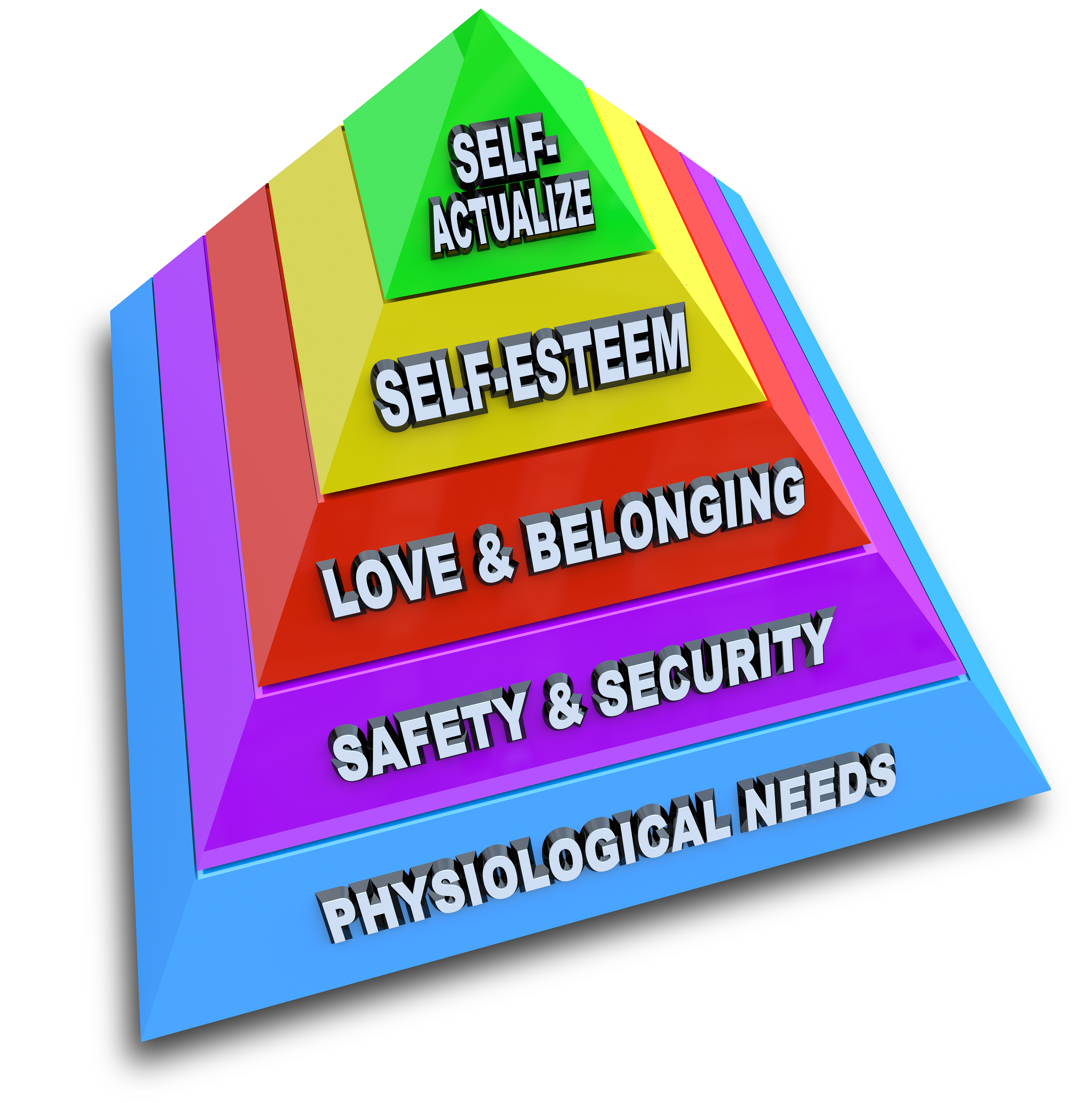
Climate change and the debates that surround it are making it easier to justify the creation of sustainable workplaces. It is clear, however, that basic human motivation will drive the uptake, or otherwise, of the creation of sustainable workplaces.
I reflected on this after attending a networking luncheon yesterday for “Grow Me The Money”, a joint initiative of the Victorian Employers’ Chamber of Commerce and Industry and the Environment Protection Authority of Victoria.
“Grow Me The Money” describes itself as a free program for Victorian Businesses to help them to reduce their impact on the environment and save money doing it.
The group of people attending were in the main, novices. We were there to learn more about the program, meet other people in similar circumstances and put faces to names who would help us.
During the conversations we had with what was a very diverse group, it became evident to me that the simplest motivational model, Maslow’s hierarchy of needs, was at work again.
For those of you not familiar with Maslow’s 1943-1954 work, the following is a good description.
Maslow’s hierarchy of needs is often depicted as a pyramid consisting of five levels:
- Biological and Physiological needs – air, food, drink, shelter, warmth, sex, sleep, etc.
- Safety needs – protection from elements, security, order, law, limits, stability, etc.
- Belongingness and Love needs – work group, family, affection, relationships, etc.
- Esteem needs – self-esteem, achievement, mastery, independence, status, dominance, prestige, managerial responsibility, etc.
- Self-Actualization needs – realising personal potential, self-fulfilment, seeking personal growth and peak experiences.
Maslow’s Hierarchy of Needs states that we must satisfy each need in turn, starting with the first, which deals with the most obvious needs for survival itself.
Only when the lower order needs of physical and emotional well-being are satisfied are we concerned with the higher order needs of influence and personal development.
Conversely, if the things that satisfy our lower order needs are swept away, we are no longer concerned about the maintenance of our higher order needs.
I made the observation to Gemma, the coordinator of the help desk, that a change in attitude was brewing over the environment. I recounted my observations of Telstra, Australia’s largest telecommunications company, in their progress over a period of eight years.
When we first worked there in a division of about eight hundred people, a few women in the learning and development section started a drive to print on both sides of paper, to reuse any single sided waste documents for printing drafts of presentations, recycling paper.
It was a Telstra guideline at the time, but this group was enthusiastic about it and actually implemented the guideline.
What motivated them? In Maslow’s terms, it was esteem for a few of the women. However, for one it was self actualisation. She drove the effort passionately because she believed that she had to leave the world a better place for her and other mothers’ children.
Soon, the rest of the floor in the building in which the learning and development team worked caught on. The learning and development team were praised rather than made fun of for their efforts. The majority of the rest of the floor, in Maslow’s terms, wanted to belong and to gain self esteem.
Fast forward to eight years later and Sol Trujillo, the Chief Executive Officer of Telstra reported that, “In the past year, Telstra reduced office paper consumption from 9 to 7.4 reams-per-staff-member.”
In addition, Telstra proudly reported that it:
- “Reduced vehicle fuel consumption by 5 per cent and increased productivity by 15 per cent by installing GPS”;
- “Used energy management programs to save the equivalent annual greenhouse gas emissions of 2,225 Australian homes”; and
- “Is also using new ‘in-person’ video-conferencing in place of many face-to-face meetings. Last year, nearly 7,500 video conferences lasting nearly 20,000 hours saved around 4,200 tonnes in travel carbon emissions”.
One could argue that the interest in such balanced scorecard indicators was driven, in Maslow’s terms, by esteem and self actualisation needs of the board of directors individually and as a group.
Undoubtedly, in an era where the consequence of the risk of not doing what one can to build a sustainable workplace is too much to accept, it could also be argued that safety needs are gaining prevalence in such decision making.
Safety needs are manifested two ways.
One is that suppliers will find it increasingly difficult to win government and commercial contracts without showing that they have a sustainable workplace. This is where “Grow Me The Money” or like organisation accreditation becomes important for commercial success, a safety need.
At a corporate level, whilst individuals may have esteem and self actualisation needs associated with a sustainable workplace, it is the bottom line that shareholders expect that drives action. Demonstrating to a board and executive team that a sustainable workplace has a positive business case is the tipping point in most organisations. Hence, the effectiveness of a group like “Grow Me The Money”.
The Telstra example is a good illustration of what is required to motivate people across an organisation to create a sustainable workplace. In Maslow’s terms the summary is:
There will be individuals at all levels in an organisation who passionately support a sustainable workplace and are motivated by either self actualisation or esteem needs.
However, in most organisations, until the most senior management are motivated, usually by safety needs such as meeting shareholders expectations which are usually financial, action will be piecemeal.
When senior management is motivated they should support those people motivated to provide a sustainable workplace by esteem and self-actualisation needs to build a workplace unified by the need to belong to a sustainable workplace.






